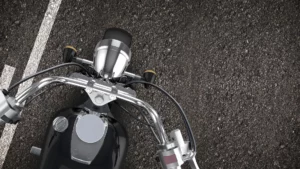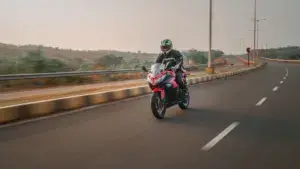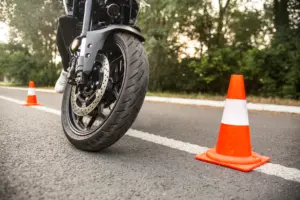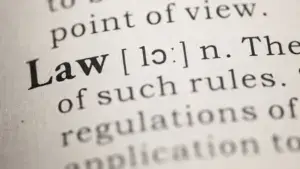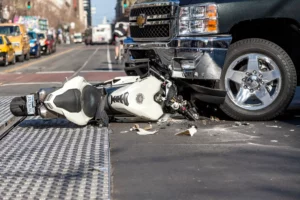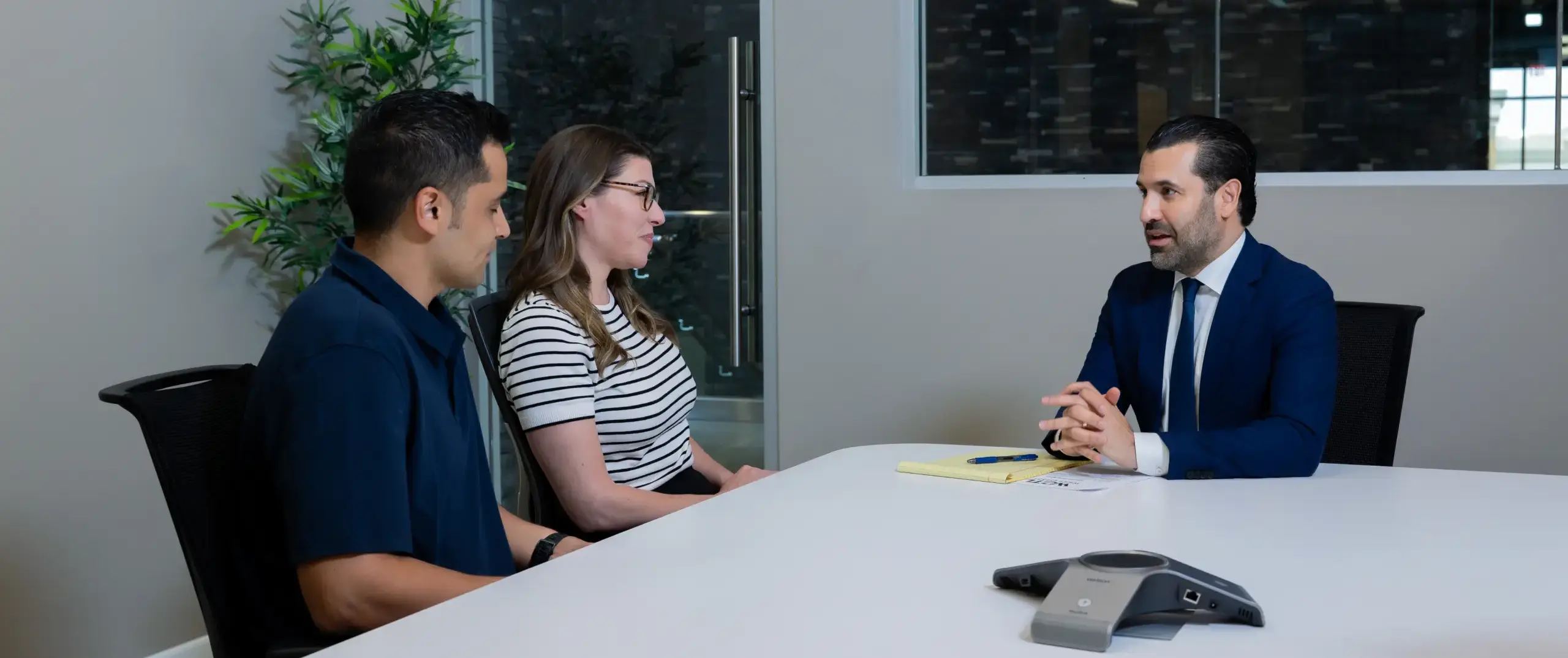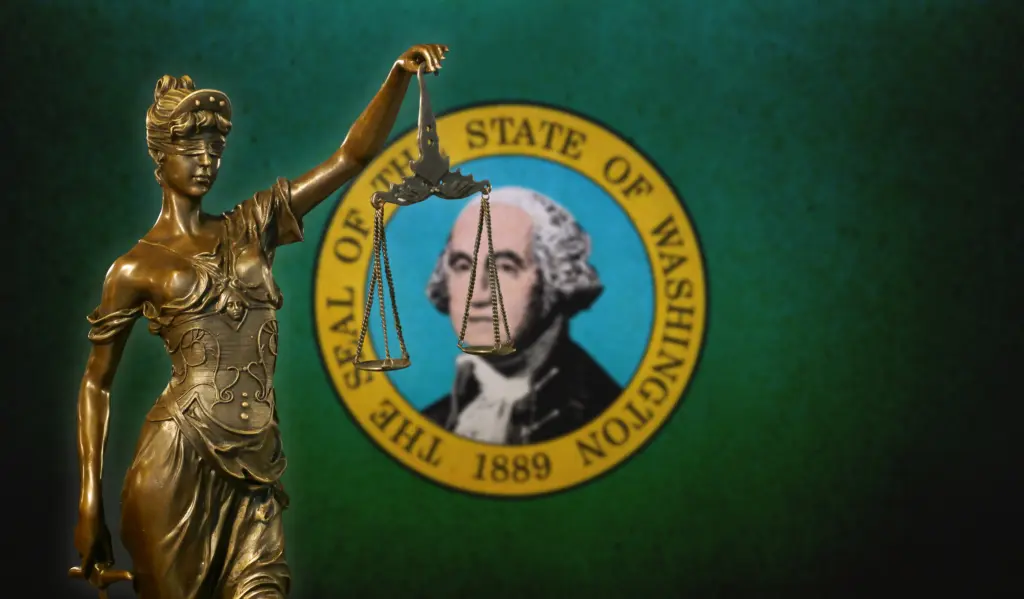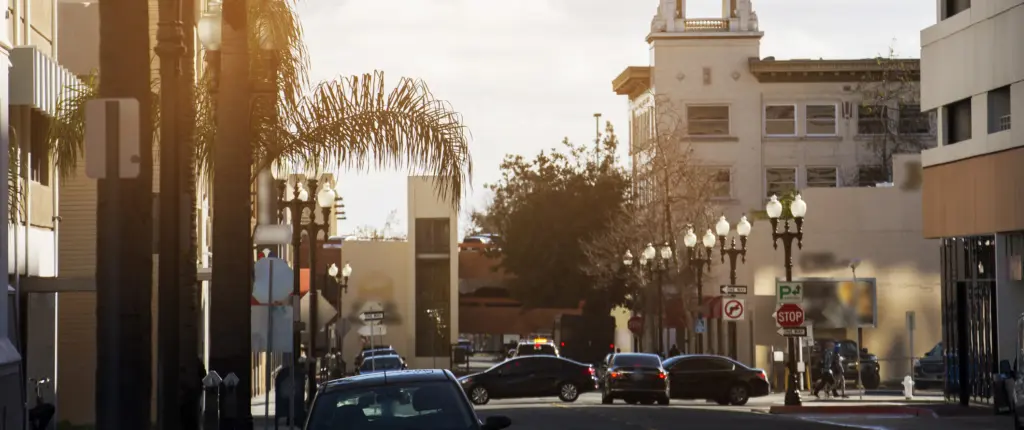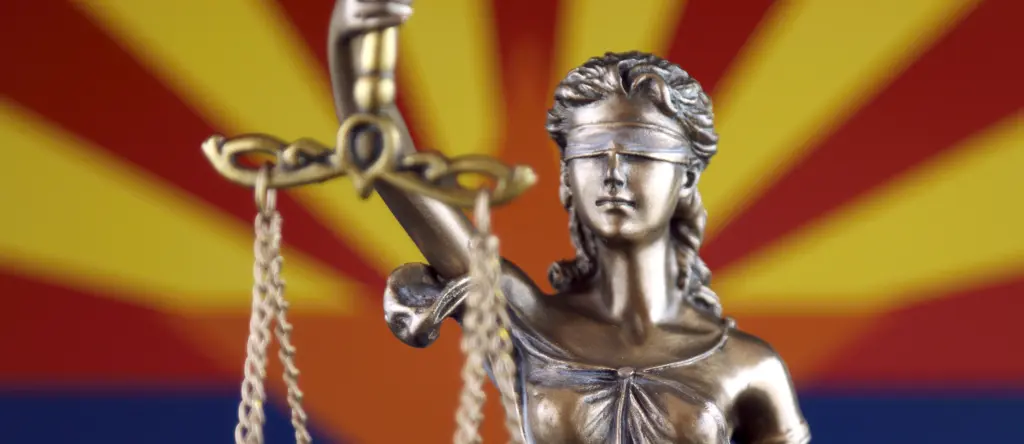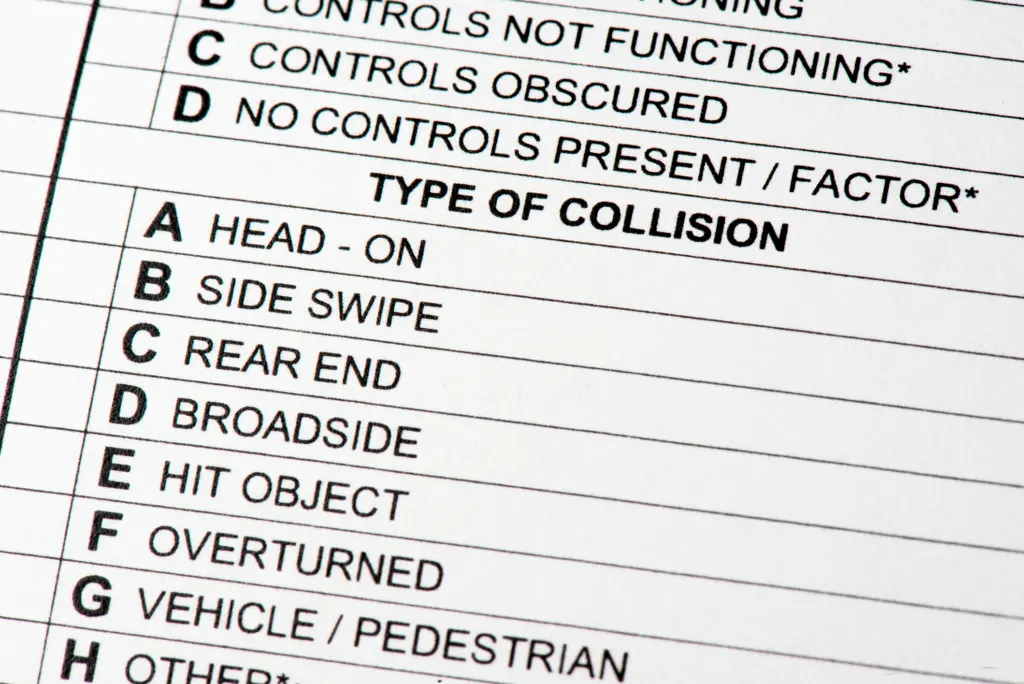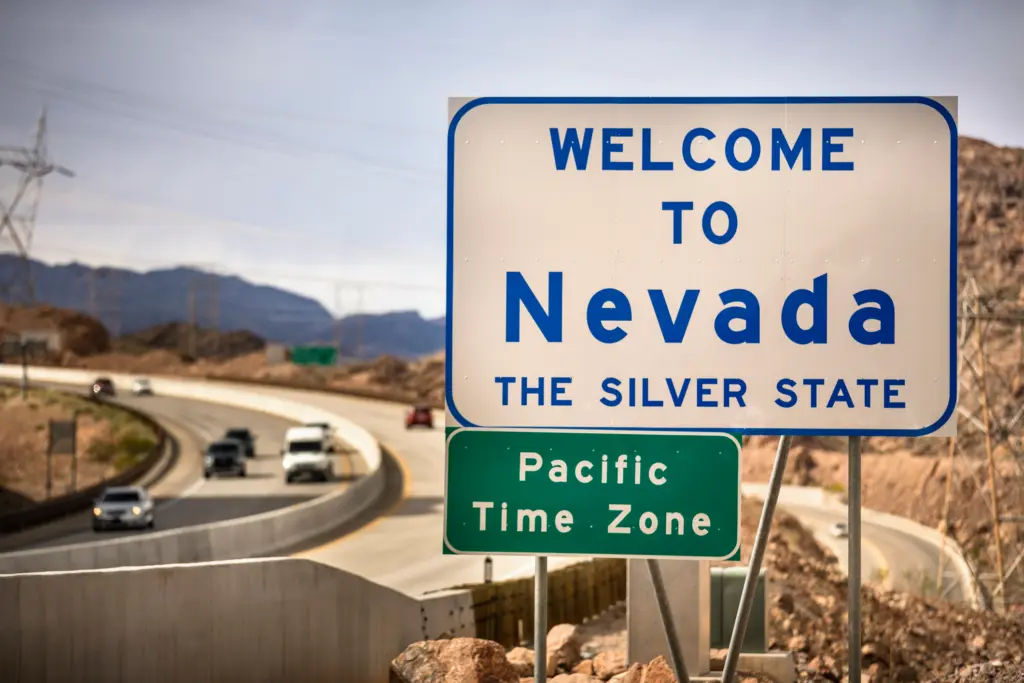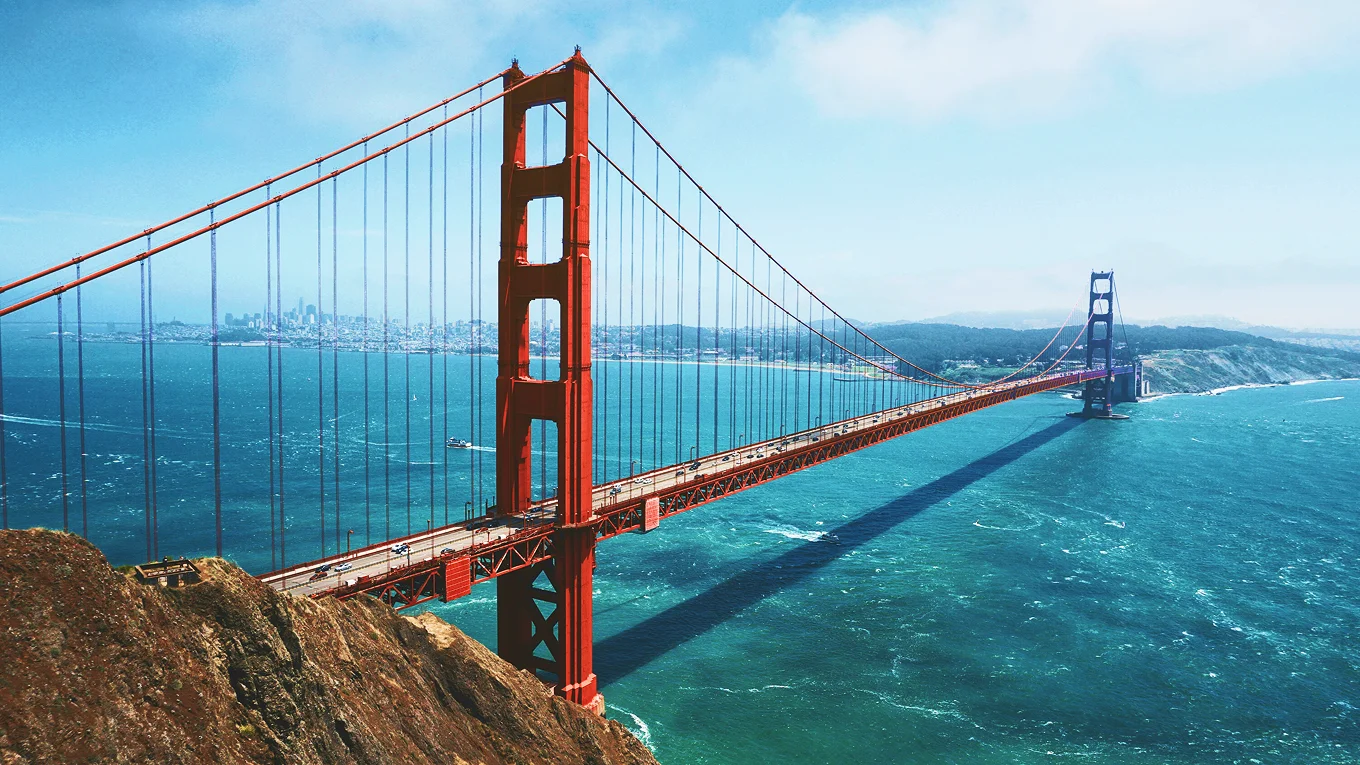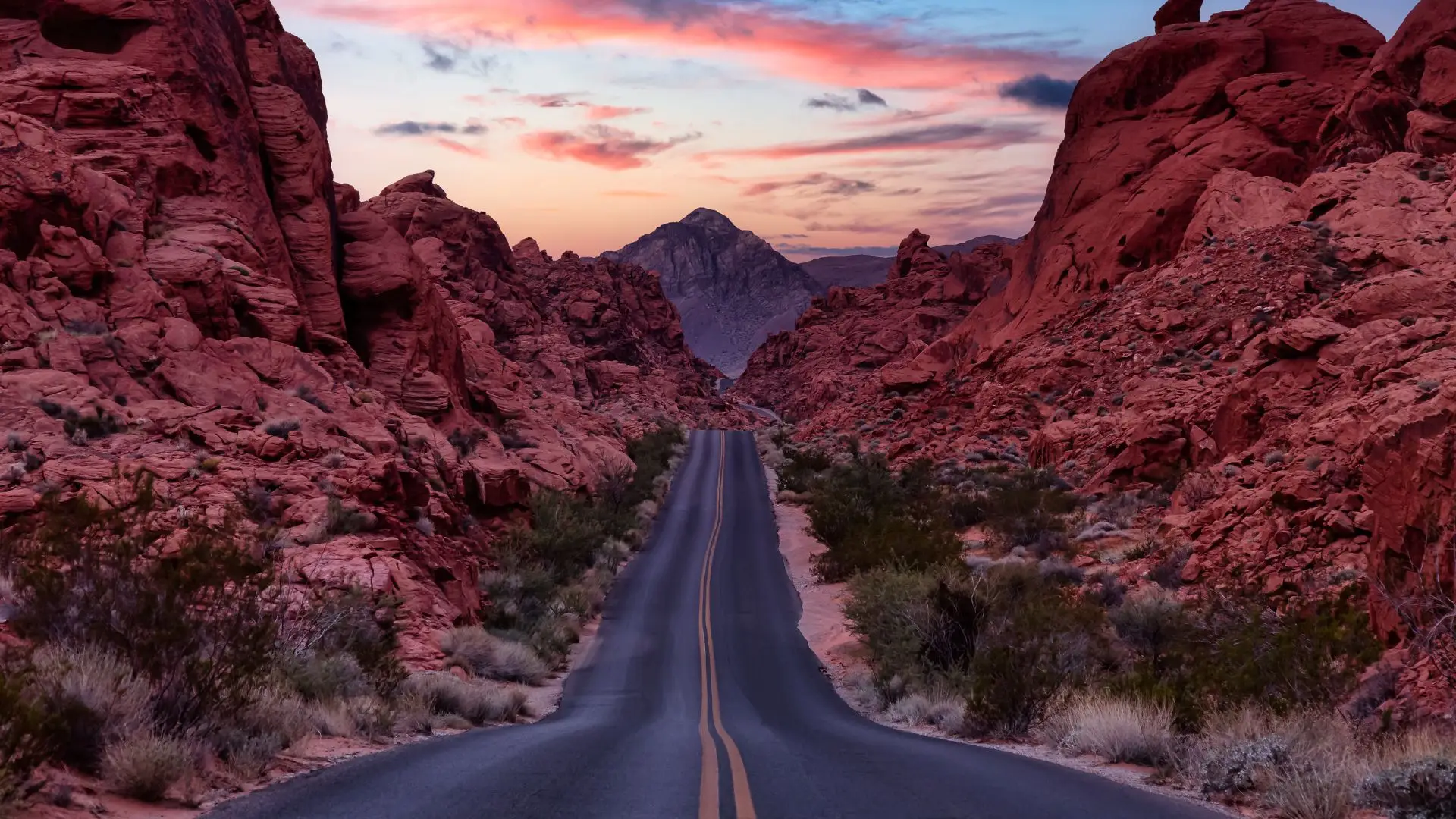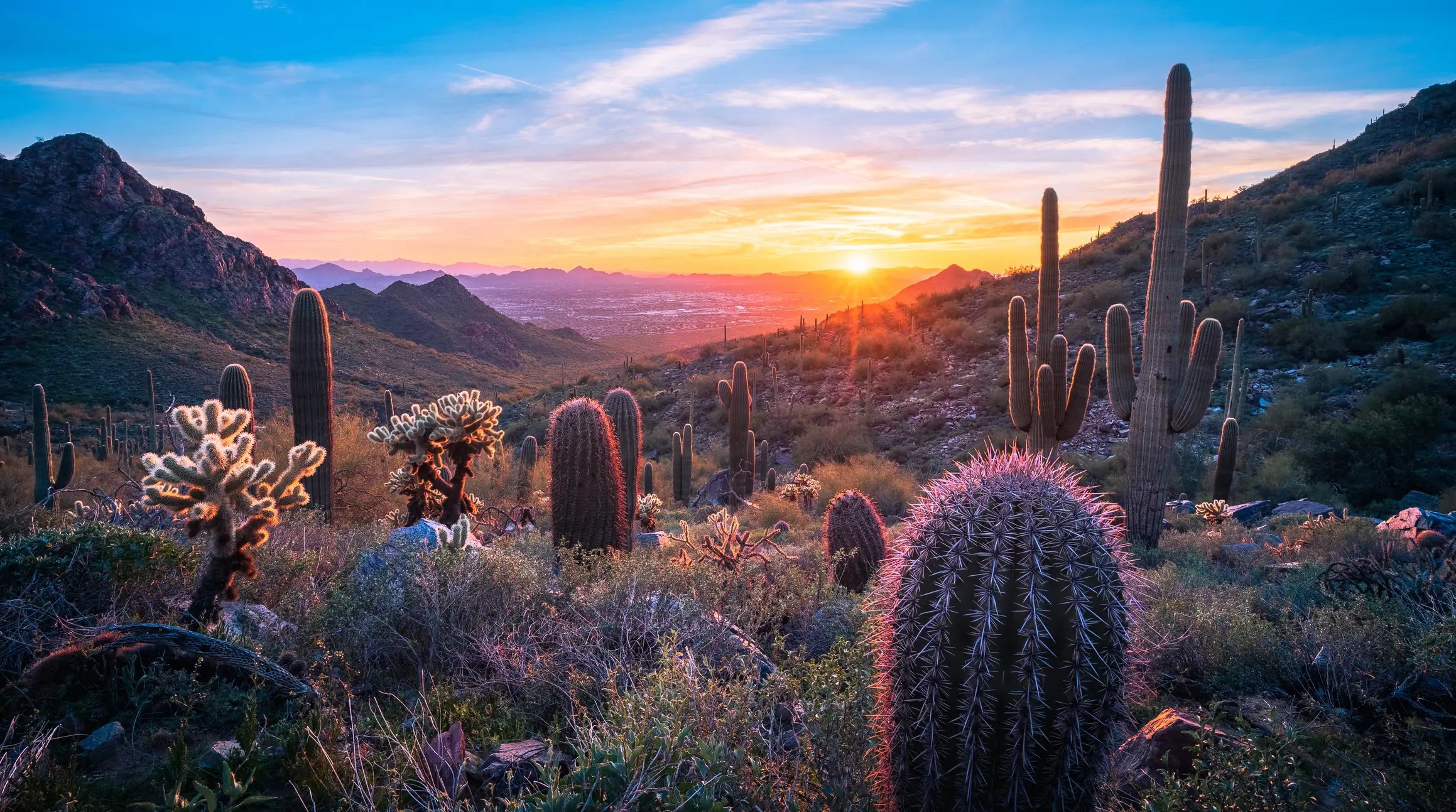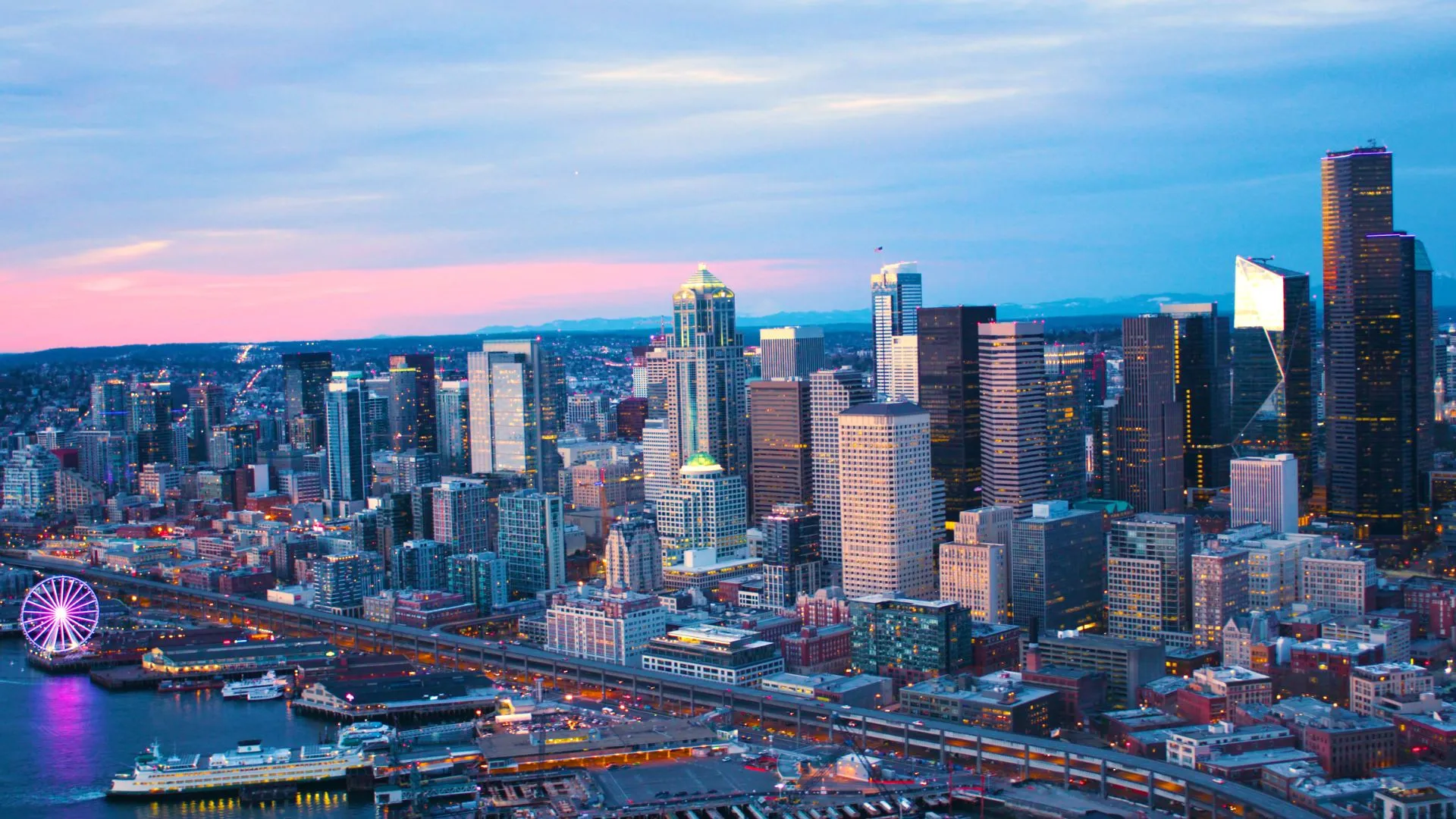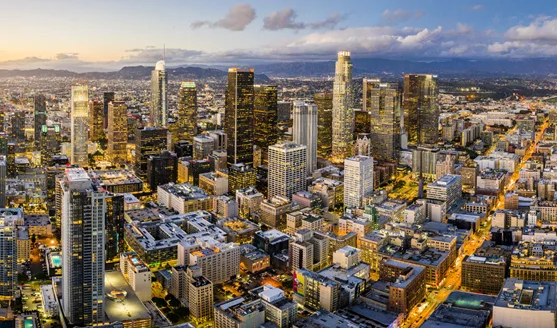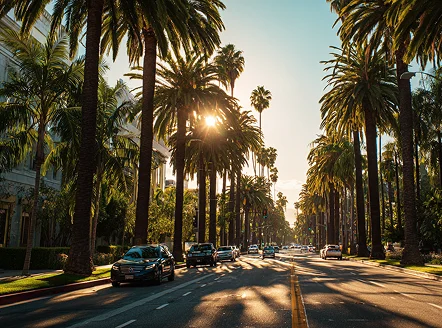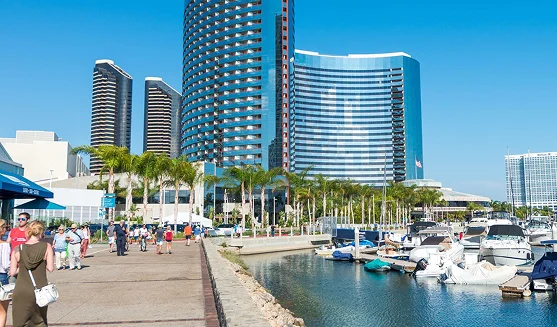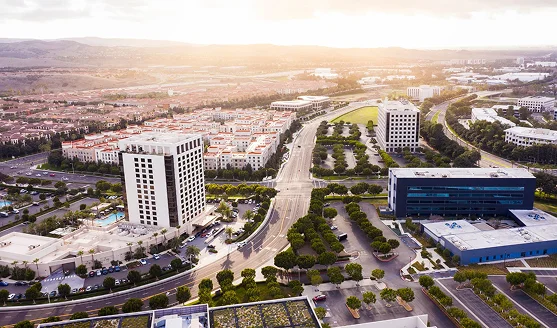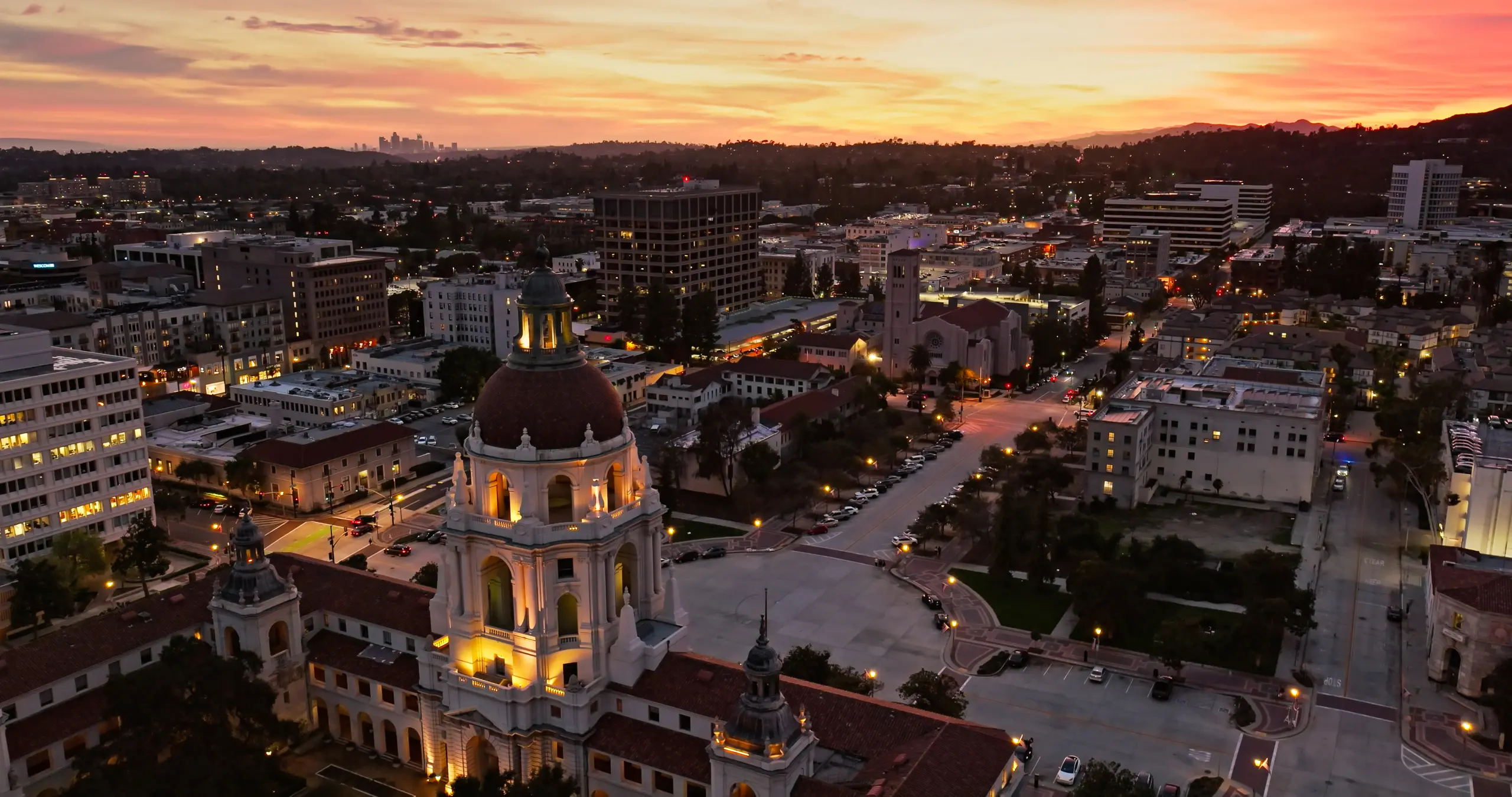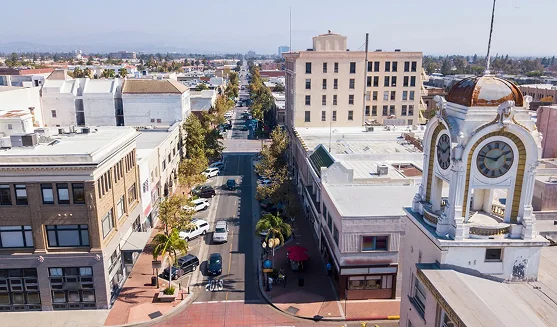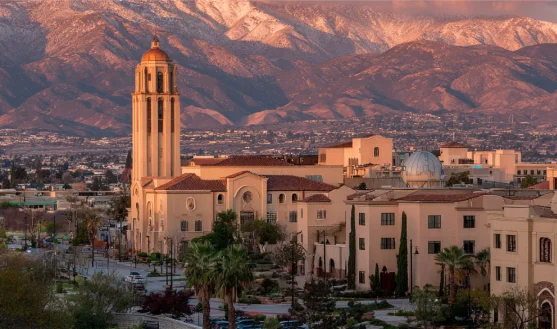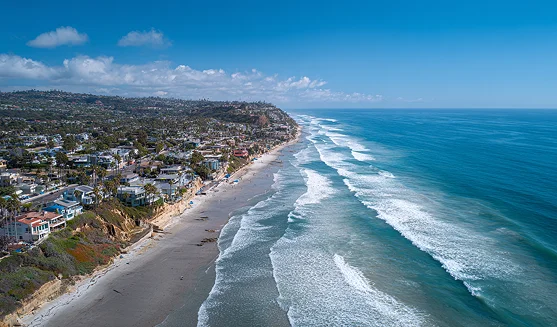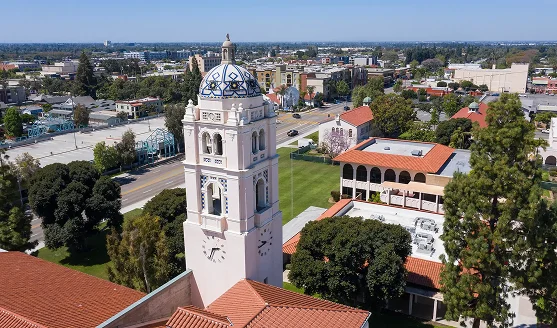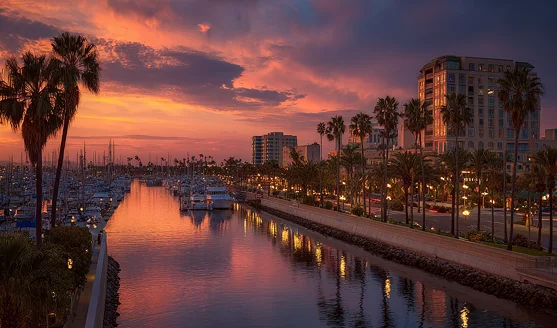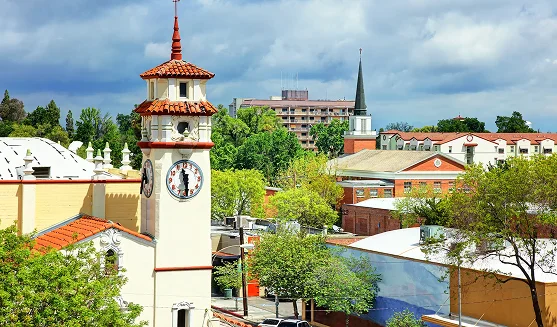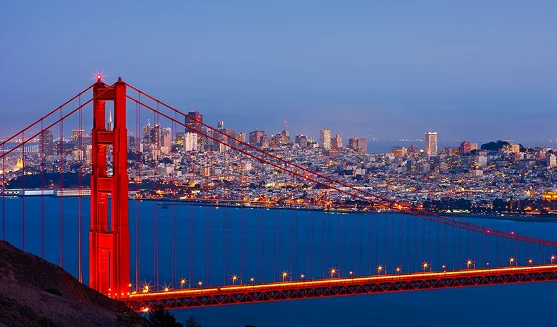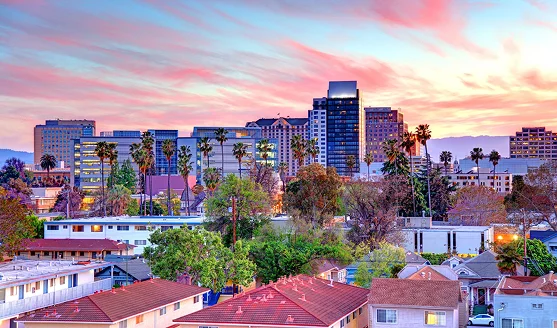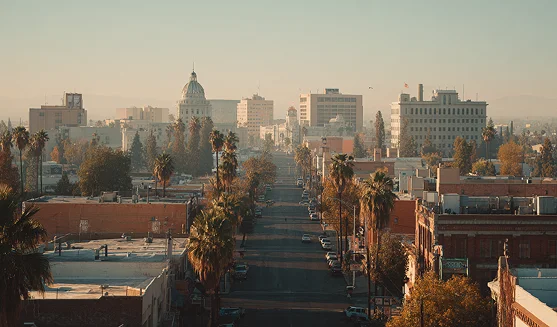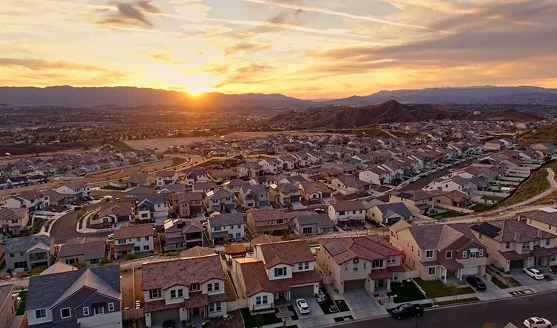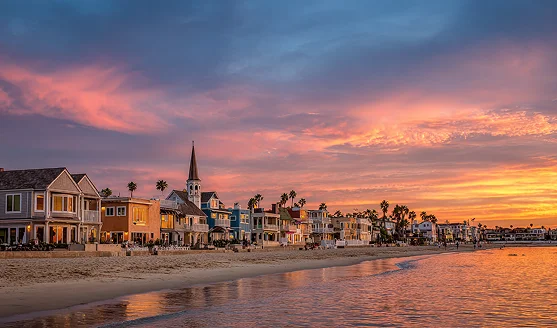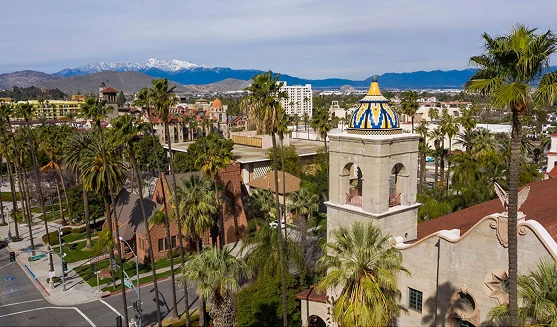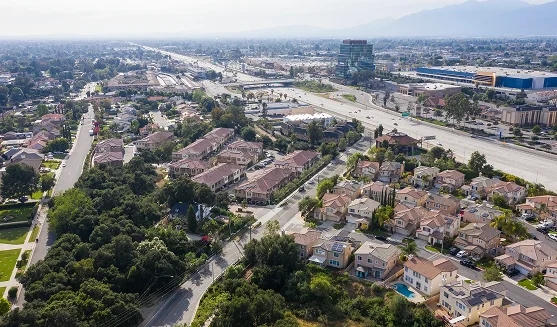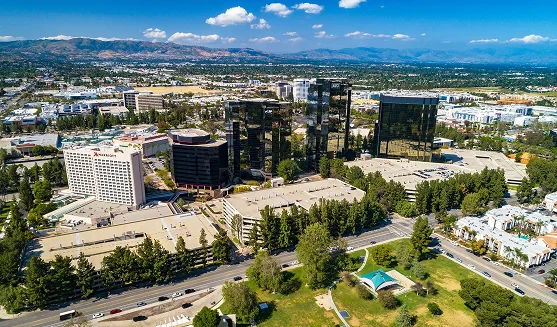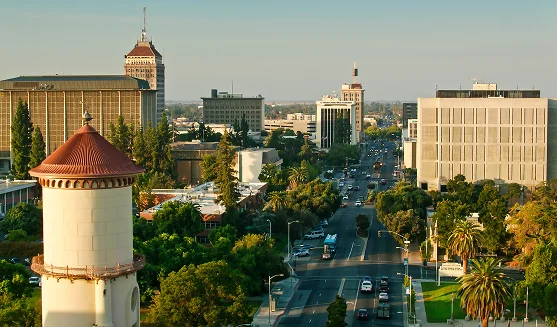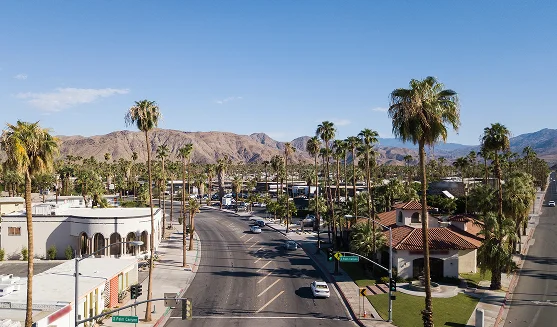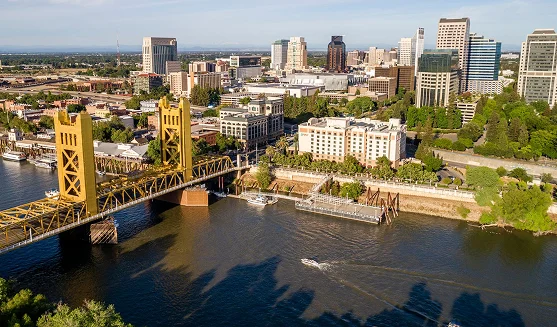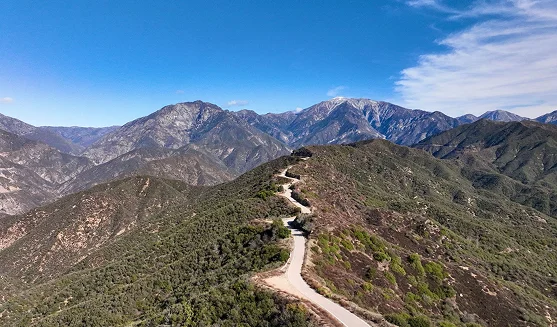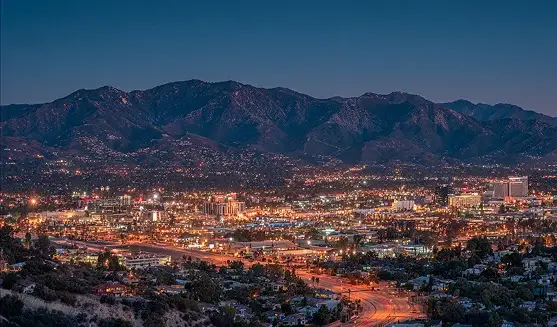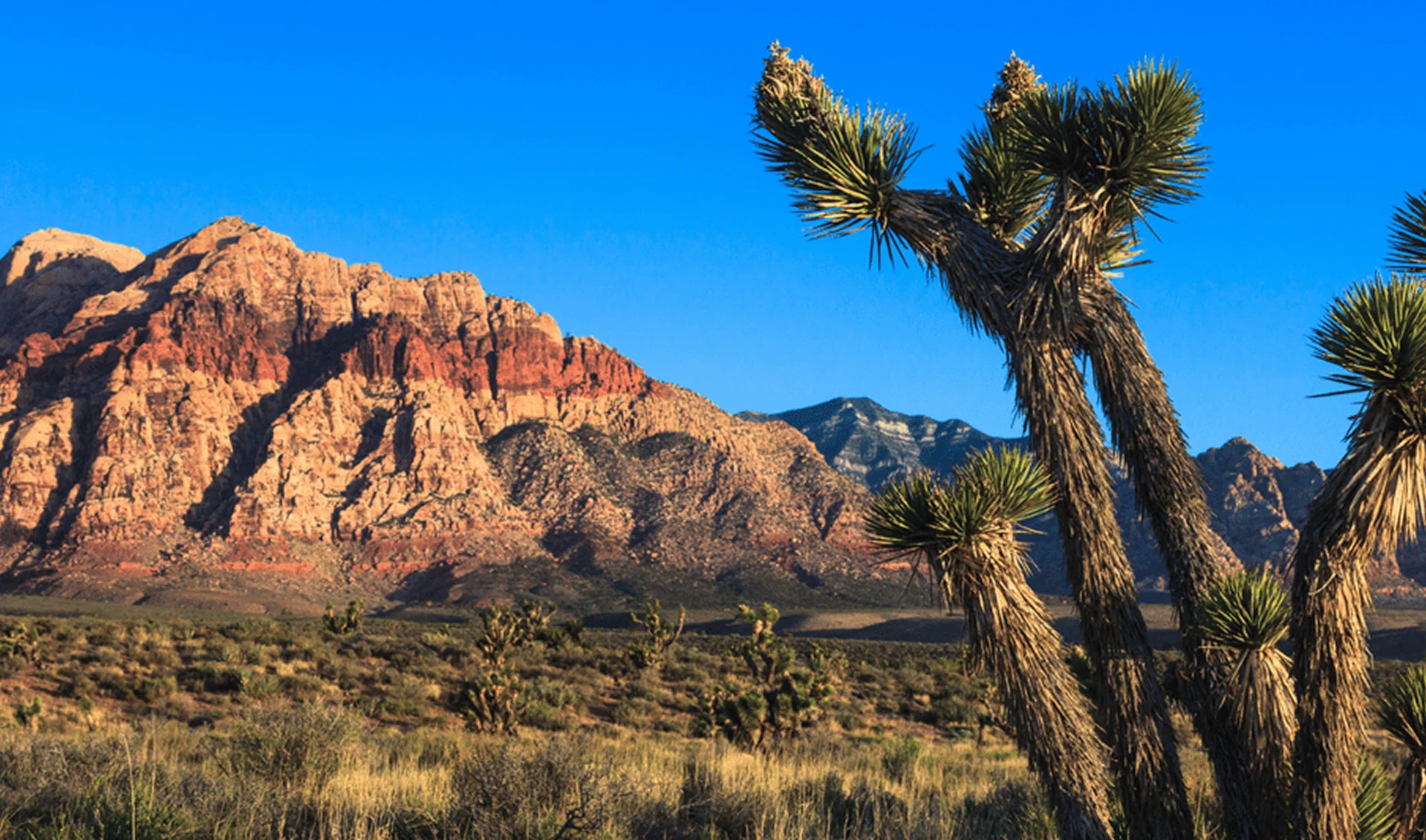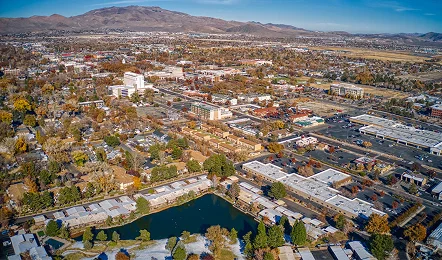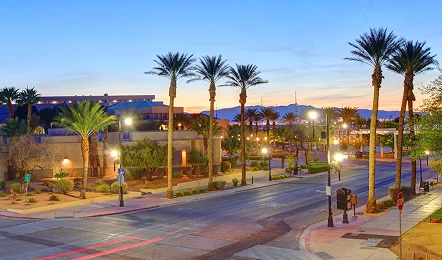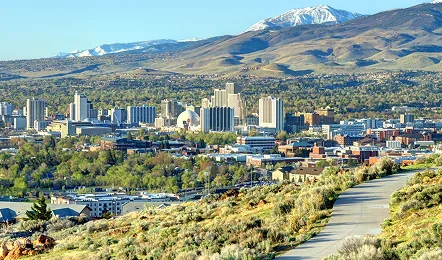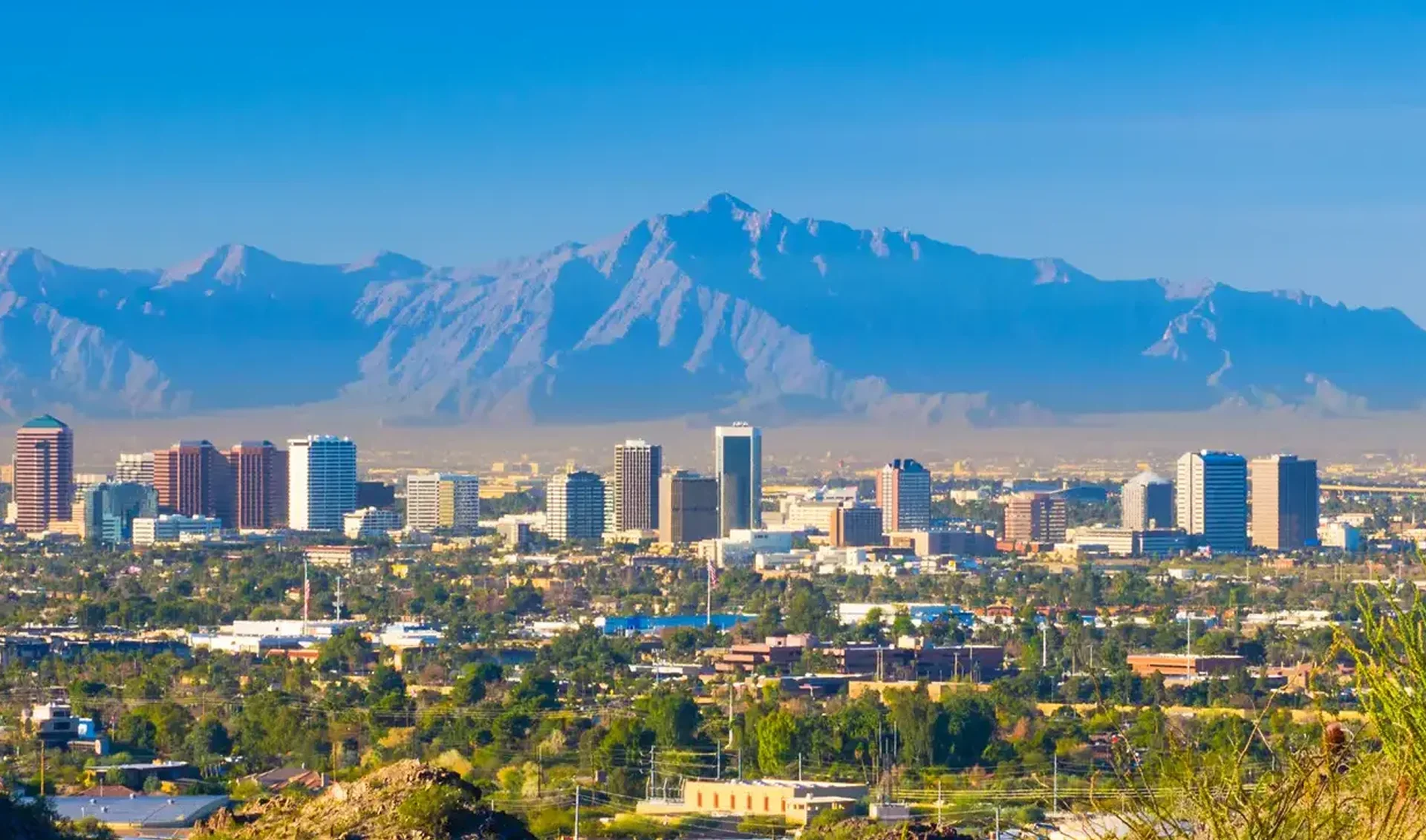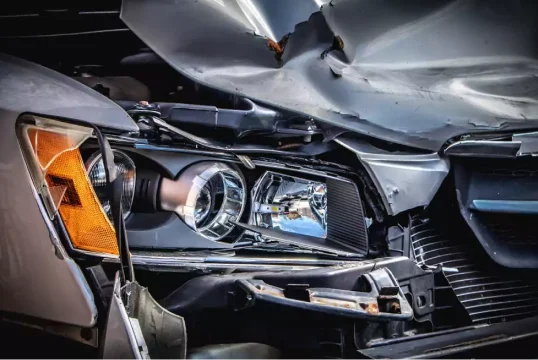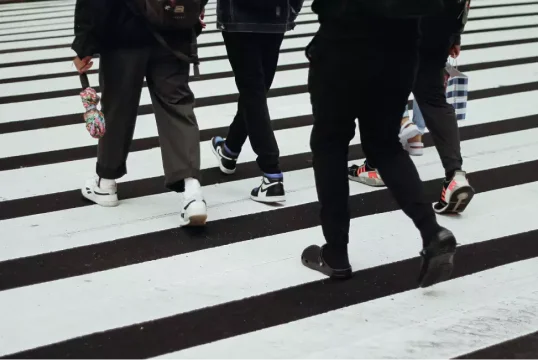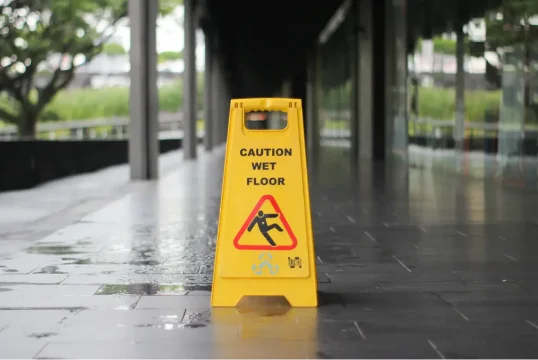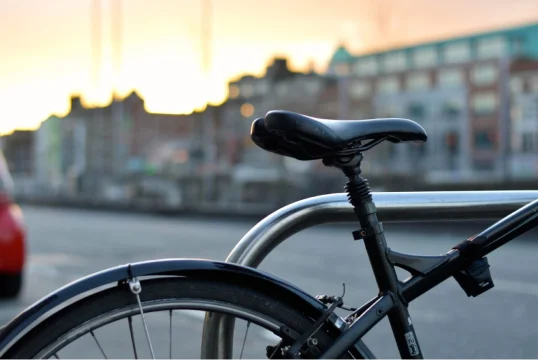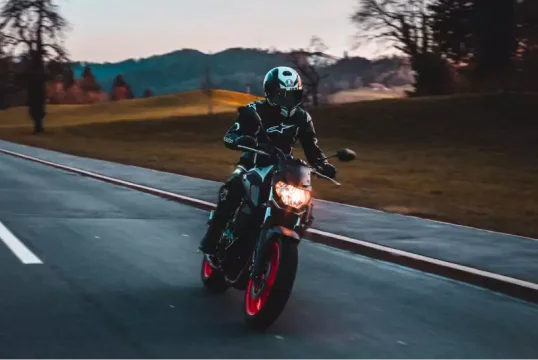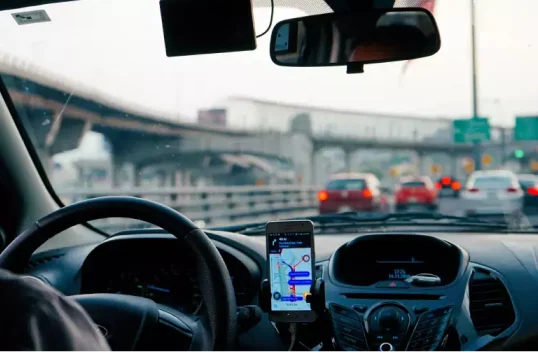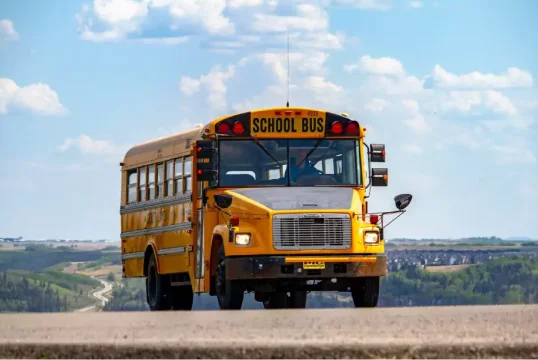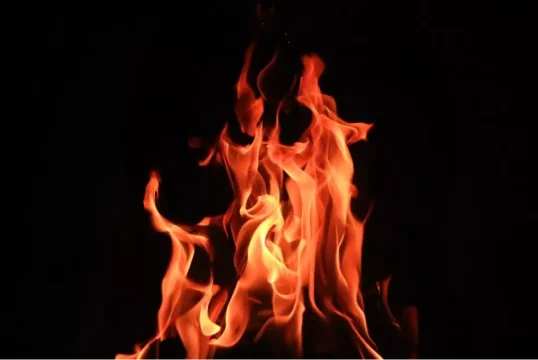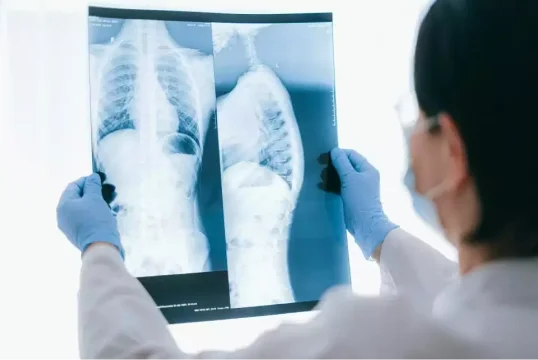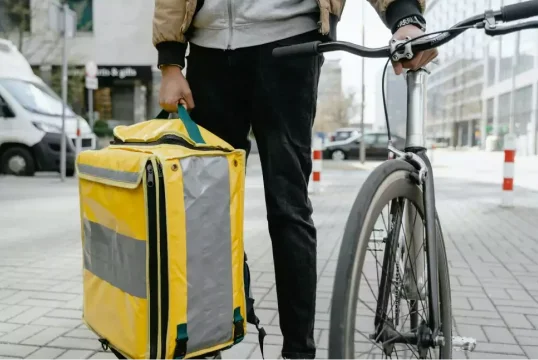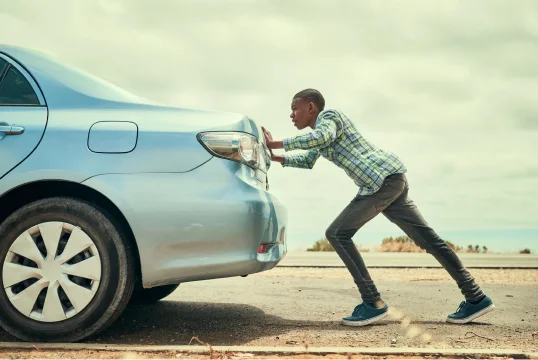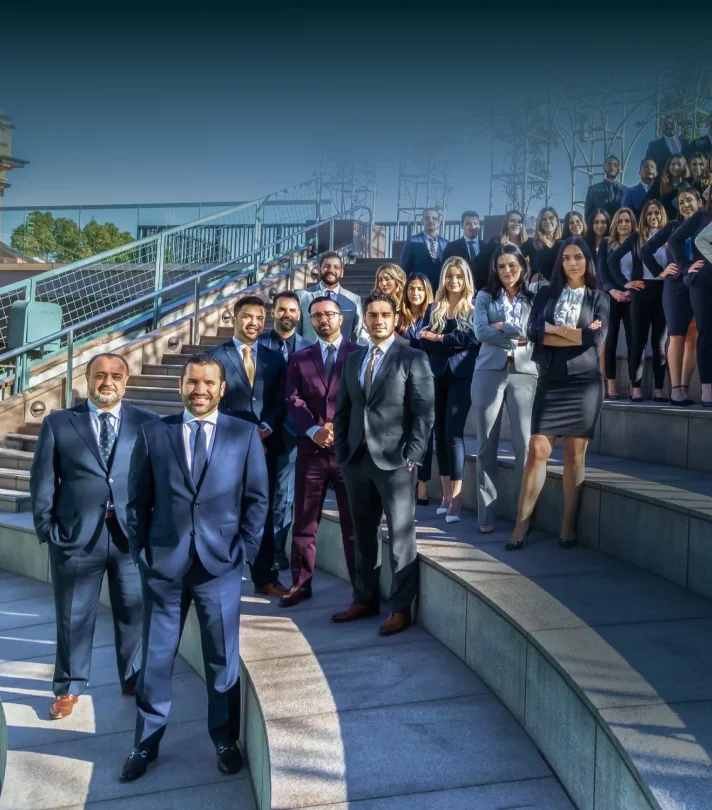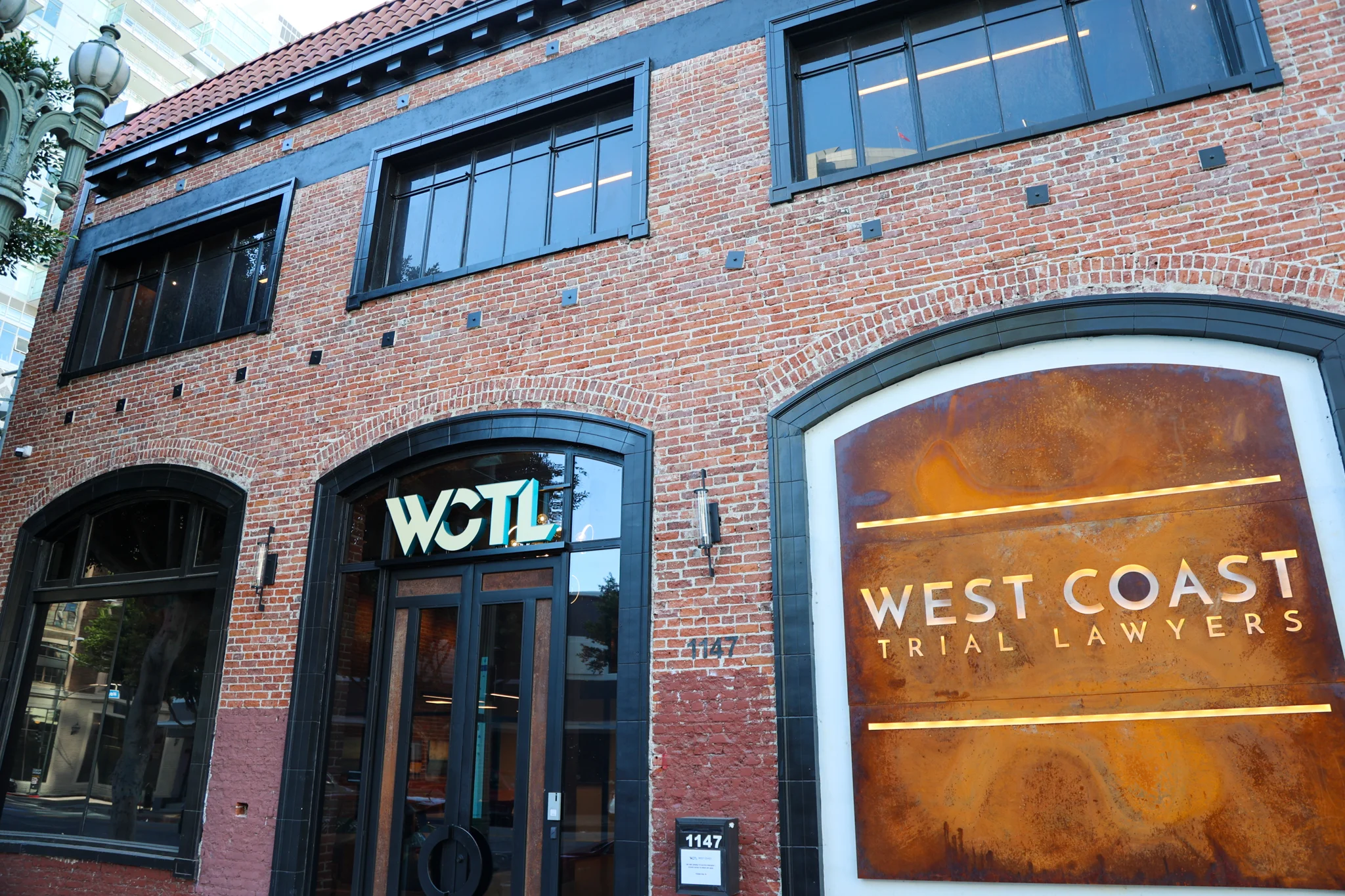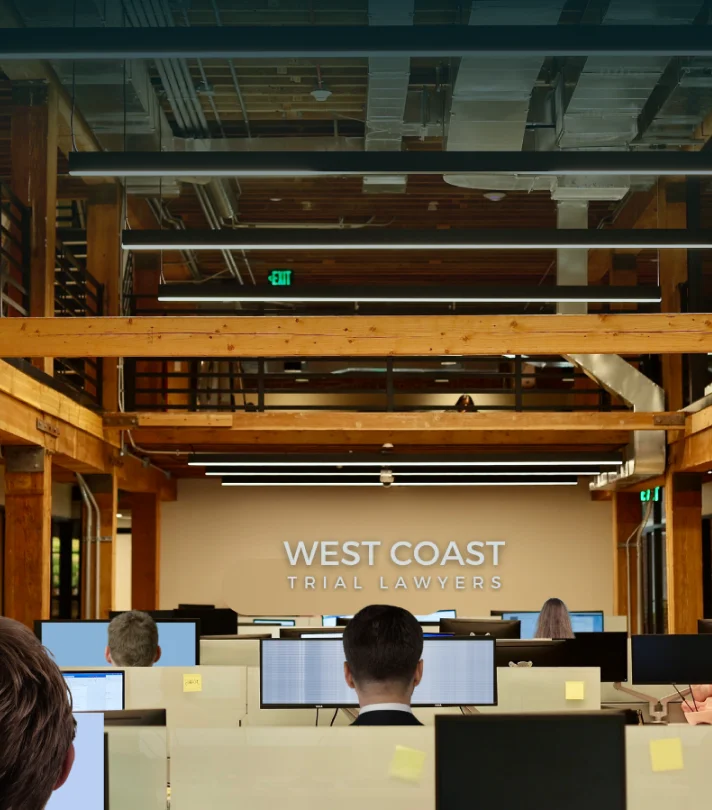Motorcyclists in Arizona, from the streets of Phoenix to the open roads of Tucson, often wonder: Is lane splitting legal in Arizona? With over 275,000 registered motorcycles in the state, navigating traffic safely and legally is a top concern. At West Coast Trial Lawyers, our experienced motorcycle accident attorneys understand the confusion surrounding lane splitting and lane filtering, especially with Arizona’s recent legal changes.
This blog answers common questions about lane splitting, clarifies Arizona’s laws and provides actionable insights for riders on local roads like Camelback Road or I-10. If you’ve been injured in a motorcycle accident, our team can help you secure the compensation you deserve—at no upfront cost. (Learn how our fees work: contingency fees.)
Does Arizona Allow Lane Splitting?
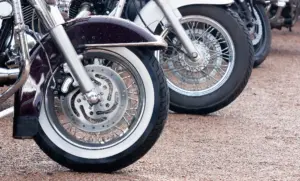
No, lane splitting is not legal in Arizona. According to Arizona Revised Statutes (A.R.S.) § 28-903, “a person shall not operate a motorcycle between the lanes of traffic or between adjacent rows of vehicles.” This law prohibits motorcyclists from riding between moving vehicles on roads like Loop 101 or Indian School Road in Phoenix, regardless of traffic speed. Violating this law can result in fines, tickets, or liability for damages if an accident occurs.
However, Arizona legalized lane filtering in 2022 under Senate Bill 1273, signed by former Governor Doug Ducey. Lane filtering allows motorcyclists to move between stopped vehicles at specific intersections, such as those on Central Avenue or Speedway Boulevard in Tucson, under strict conditions (detailed below). Confusing the two practices can lead to legal trouble, so riders must understand the distinction.
What Is the Difference Between Lane Splitting and Filtering?
The terms “lane splitting” and “lane filtering” are often used interchangeably, but they’re different under Arizona law:
Lane Splitting
Riding a motorcycle between lanes of moving traffic, typically to bypass traffic on highways like I-17 or Grand Avenue. This is illegal in Arizona, as it increases the risk of collisions with vehicles changing lanes or in blind spots. In fact only California fully legalizes lane splitting and should a motorcyclist gets into an accident because they were lane splitting, then they could be held liable for the accident and be responsible for damages.
Lane Filtering
Moving a two-wheeled motorcycle between stopped vehicles, usually at red lights or in heavy traffic. This became legal in Arizona on September 24, 2022, under specific conditions:
- Traffic must be completely stopped.
- The road must have a speed limit of 45 mph or less and at least two lanes in the same direction.
- The motorcyclist must not exceed 15 mph while filtering.
- Filtering is prohibited on shoulders, medians, or freeways like I-10.
- Only two-wheeled motorcycles qualify (no trikes or sidecars).
Lane filtering helps riders avoid being “sandwiched” between cars, but illegal lane splitting can lead to fault in accidents. Our attorneys can clarify your rights if you’ve been injured and answer any common motorcycle questions you have.
What Is the New Law in Arizona for Motorcycles?
In 2022, Arizona passed Senate Bill 1273, legalizing lane filtering to enhance motorcyclist safety and reduce traffic congestion. Sponsored by Senator Tyler Pace, the law mirrors Utah’s 2019 legislation and applies to roads with speed limits of 45 mph or less.
Key provisions include:
- Motorcyclists can filter between stopped vehicles at intersections at speeds up to 15 mph.
- Filtering is allowed only on roads with multiple lanes in the same direction, not on single-lane roads like Apache Trail.
- Violators face fines, and repeat offenses can lead to a 90-day motorcycle endorsement suspension for the first violation, 180 days for the second, and permanent loss for the third.
2025 Update: The Arizona Department of Transportation is studying lane filtering’s impact on intersections with preliminary data showing a 15% decrease in motorcycle rear-end crashes since 2022. However, some riders misinterpret the law, attempting to filter on freeways, which remains illegal.
If you’ve been injured or cited due to lane filtering confusion, our Arizona motorcycle accident attorneys can help you navigate and seek compensation.
Does Arizona Have a Dead Red Law?
Yes, Arizona has a “dead red” law under A.R.S. § 28-645(C), which allows motorcyclists to proceed through a red light if the signal fails to detect their vehicle after a reasonable wait. This is common at intersections like Baseline Road and Priest Drive in Tempe, where sensors may not register lighter motorcycles. Requirements include:
- The light must remain red for at least 120 seconds.
- The motorcyclist must make sure it’s safe to proceed, yielding to oncoming traffic.
- The law applies only to two-wheeled motorcycles, not cars or trikes.
Safety Tip: Document the situation (e.g., take a photo or video) if you proceed through a dead red light, as law enforcement may question your actions.
In What States Is It Illegal to Lane Split?
Lane splitting is illegal in most U.S. states, except for California, which legalized it in 2016 under California Vehicle Code § 21658.1. As of 2025, states where lane splitting is explicitly prohibited include:
- Arizona: A.R.S. § 28-903 bans lane splitting, though lane filtering is allowed.
- Texas: Prohibited since September 2023 under Texas Transportation Code § 545.060.
- Florida: Illegal under Florida Statute § 316.20.
- Georgia, Illinois, Maryland, Tennessee, and others: Explicitly banned under state traffic codes.
States like Utah, Montana, and Colorado allow lane filtering under strict conditions, similar to Arizona, but prohibit lane splitting. Some states (e.g., Ohio, North Carolina) lack specific laws, leaving enforcement to officer discretion, which can lead to tickets for related violations like improper lane changes.
If you’re traveling through Arizona and face legal issues from lane splitting, our attorneys can provide guidance.
Does Arizona Have a Left Lane Law?
Yes, Arizona’s left lane law under A.R.S. § 28-721(B) requires drivers, including motorcyclists, to use the left lane primarily for passing on multi-lane roads like Loop 202. Vehicles must move to the right lane when not passing, except in heavy traffic or when preparing for a left turn at intersections. Violations can result in fines and increase accident risks if motorcyclists linger in the left lane unnecessarily.
2025 Data: ADOT reported a 7% increase in citations for left lane violations on Phoenix highways in 2024, highlighting enforcement efforts.
Why Is Lane Changing Prohibited in Arizona?
Lane changing isn’t universally prohibited in Arizona, but unsafe lane changes are illegal under A.R.S. § 28-729, which requires drivers to make sure lane changes are safe and signaled. Lane splitting is considered an unsafe lane change because it involves passing between moving vehicles, increasing collision risks on roads. Reasons for prohibition include:
- Safety Risks: Lane splitting can startle drivers, especially in blind spots, leading to accidents on busy streets like Van Buren Street.
- Traffic Flow: Prohibiting lane splitting maintains orderly traffic on highways like I-10, reducing road rage incidents.
- Legal Clarity: A.R.S. § 28-903 ensures motorcyclists follow the same lane discipline as other vehicles, except for legal lane filtering.
Pro Tip: When lane filtering legally at intersections like 32nd Street and Indian School Road, use turn signals and maintain a 2-foot clearance from vehicles to avoid citations.
(For the legal basics that drive these rules, see what is duty of care?)
Safety Tips for Arizona Motorcyclists
To stay safe and legal on Arizona’s roads, follow these tips:
- Know the Law: Avoid lane splitting on highways like SR 51; stick to legal lane filtering at stoplights on roads with 45 mph limits, like Bell Road.
- Stay Visible: Wear reflective gear and use headlights, especially at night on dark roads like Apache Trail.
- Monitor Surroundings: Watch for opening car doors or lane changes at intersections like 7th Avenue and Osborn Road.
- Document Incidents: If involved in an accident while filtering, take photos and gather witness contacts to support your case.
(Need a checklist? Here’s what documentation can help win your case.)
2025 Insight: A Reddit thread from r/phoenix noted increased driver confusion about lane filtering on I-10, with some motorcyclists illegally filtering on freeways, leading to road rage incidents.
What to Do After a Motorcycle Accident in Arizona
If you’re injured in a motorcycle accident due to lane filtering or splitting, take these steps:
- Seek Medical Attention: Even minor injuries need evaluation; visit facilities like Banner University Medical Center in Phoenix.
- Document the Scene: Photograph damage, road conditions, and traffic signals at intersections like 24th Street and Camelback Road.
- Gather Information: Collect contact details from witnesses and other drivers.
- Contact an Attorney: Our Arizona motorcycle accident attorneys can assess whether lane filtering laws or comparative fault apply to your case.
Case Study: In 2024, a Phoenix client injured while legally lane filtering on Thomas Road received a $175,000 settlement after West Coast Trial Lawyers proved the other driver’s negligence.
Contact West Coast Trial Lawyers for Expert Help
Understanding Arizona’s motorcycle laws, from lane filtering on Mesa Drive to avoiding illegal lane splitting on I-17, can be confusing at times but our legal team here is to help you navigate this. At West Coast Trial Lawyers, our Arizona motorcycle accident attorneys have a 99% success rate and have recovered over $1.7 billion for clients.
Call (213) 927-3700 or complete our online contact form for a free consultation. Ride safe, and let us handle your legal needs on Arizona’s roads.

